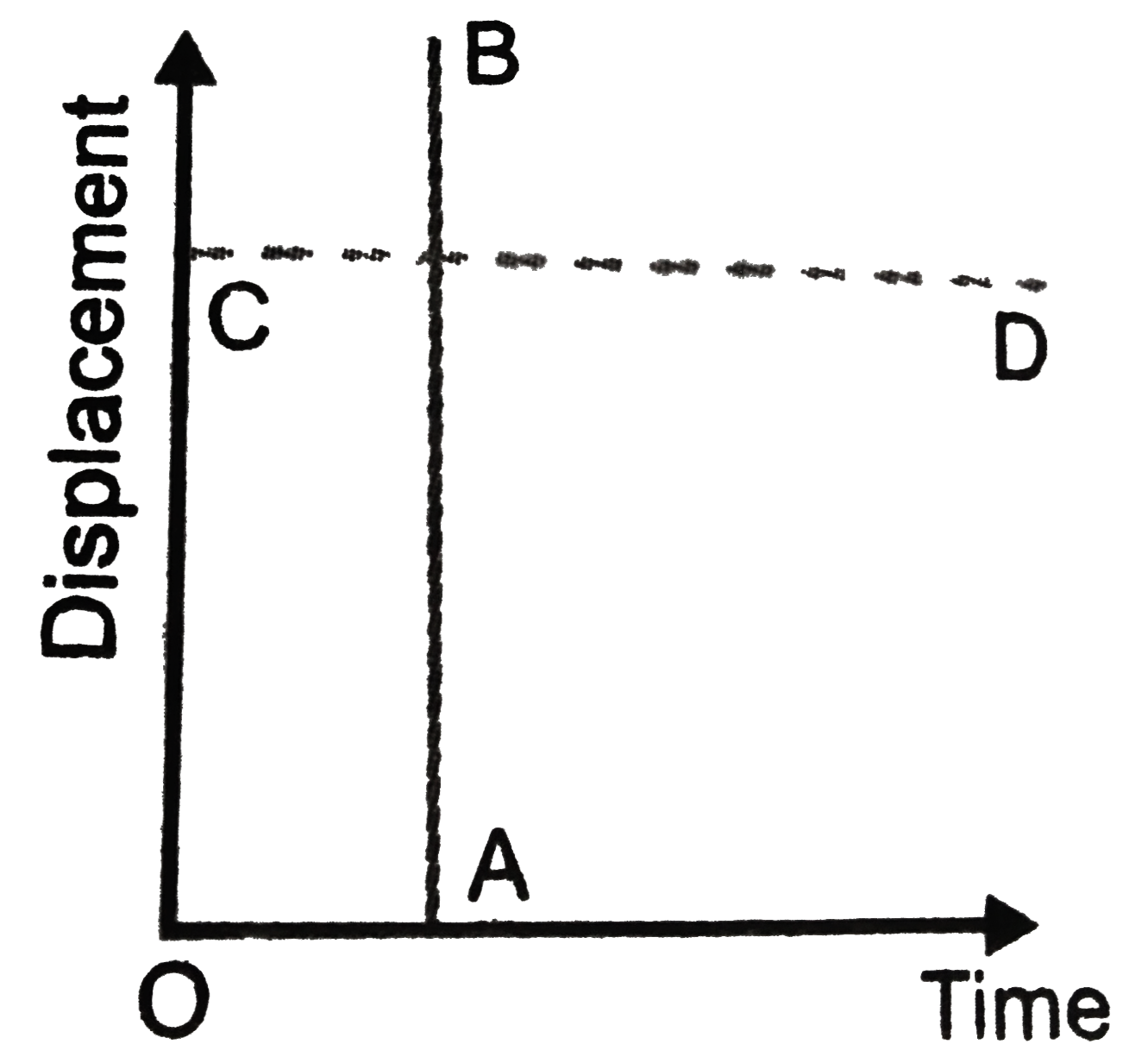If the displacement-time of a particle is parallel to (b) displacement axis (b) the time axis,
what will be the velcity of the particle ?
Video Solution
Text Solution
Fig. 2 (a) .40 (a) Infinity (b) Zero. Infact it is not a practical situation.
 .
.
|
Topper's Solved these Questions
- KINEMATICSBook:PRADEEPChapter:KINEMATICSExercise:2 Very short
Explore 22 Videos
- KINEMATICSBook:PRADEEPChapter:KINEMATICSExercise:3 Very short
Explore 46 Videos
- KINEMATICSBook:PRADEEPChapter:KINEMATICSExercise:4 Con ceptual Problems
Explore 22 Videos
- GRAVIATIONBook:PRADEEPChapter:GRAVIATIONExercise:Assertion-Reason Type Questions
Explore 19 Videos
- LAWS OF MOTIONBook:PRADEEPChapter:LAWS OF MOTIONExercise:Assertion- Reason Type Questions
Explore 17 Videos
Similar Questions
Knowledge Check
If the displacement of a particle is proportional to the square of time, then-
Avelocity is inversely proportional to tBvelocity is proportional to tCvelocity is proportional to√tDacceleration is constantIf the time-displacement graph of a particle is parallel to the-axis, the velocity of the particle is
AinfinityBunityCequal to accleration of the bodyDzeroThe displacement of a particle in an SHM in one time period is
AAB2AC4ADzero
The displacement-time graph of a particle is as shown below. It indicates that

View SolutionThe displacement-time graph of a particle acted upon by a constant force is
View SolutionThe displacement of the particle varies with time according to the relation x=kb[1−e−ht] . Then the velocity of the particle is
View SolutionThe displacement of a particle in S.H.M. in one time period is
View SolutionIf the displacement of a particle varies with time as √x=t+3
View Solution

